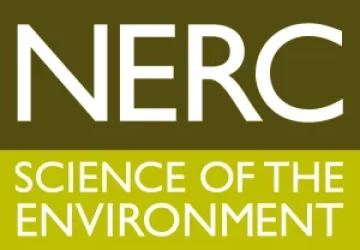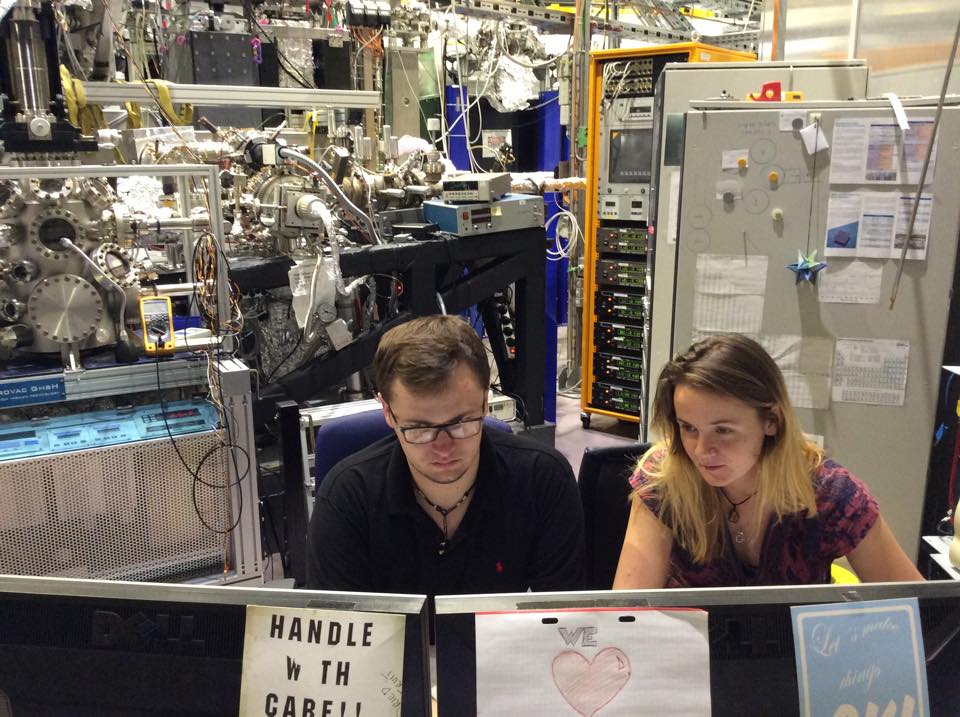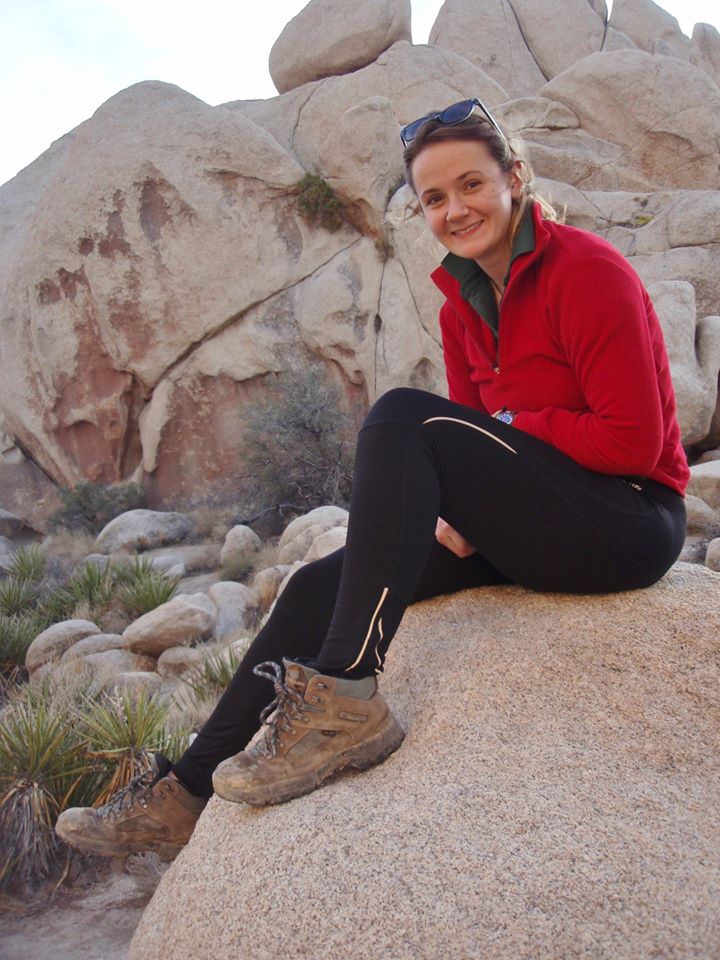I’m Claire, a first year PhD student working in our Downtown department. I’m now six months in and starting to really get to grips with my project. I’m looking at nanopaleomagnetism in meteorites in order to understand their fundamental magnetic properites, and say something about the planetary body the meteorite came from.
In order to image magnetism on a nanoscale, I use high energy x-rays. This means a lot of my experimental work happens at synchrotrons, mostly BESSY II in Berlin and at the Advanced Light Source in Berkeley, California.
So what do I get up to on an average day? Well it mostly depends on whether we’ve just got back from an experiment, or we’re just about to go. Before experiments, there’s usually trips to both the Sedgwick Museum and the Natural History Museum to find suitable samples, and to chat to the curators about what we plan to do to the samples and why our research is important. Then there’s usually a few days stuck in the polishing lab cupboard, where time can stands still for hours, and you quickly end up polishing the ends of your fingers off. During sample preparation I work closely with our technical staff who are wonderful and help with cutting and mounting samples, which I would probably break if left to my own devices!
The experiments themselves are exciting, but very hard work. A team of four or five of us will work on an experiment for around a week. Depending on which beam line we are using, we either get a few days of 24hour access, or a week of 12 hour shifts, either during the day or the night. Since beam time is expensive, and we only get a couple of experiments a year, it’s essential we use every minute of the time we’re given to get as much data as possible. It quickly becomes apparent who in the group can cope with no sleep, and who can’t – one of our collaborators has perfected the art of sleeping on two chairs for most of a night shift! When we’re not analysing data or moving the sample around, there’s time for Sporcle quizzes and some of the weirdest and wackiest videos YouTube has to offer. It’s a great way to get to know the rest of the team, and when we return with thousands of results, there’s usually some pretty exciting science to get our teeth into as well!
Once we’re back from an experiment, and recovered our sleep patterns (I can assure you, beam lag is just as bad as jet lag) then I start processing all the data. I’ve had to learn lots about scripting, in order to write functions to load in, normalise, align and stack my data. Once we can see the processed data, things get exciting as we can start to intepret the magnetic signals we are seeing. I also get to collaborate with a range of people across our department at this point to seek out the physics and maths expertise to help explain our results!
Right now I am in the process of interpreting data from my first two experiments and I’m preparing for my third. The results are looking great so far, and hopefully I’ll get to write my first paper soon – although that’s a pretty daunting prospect!



